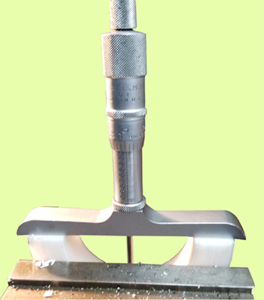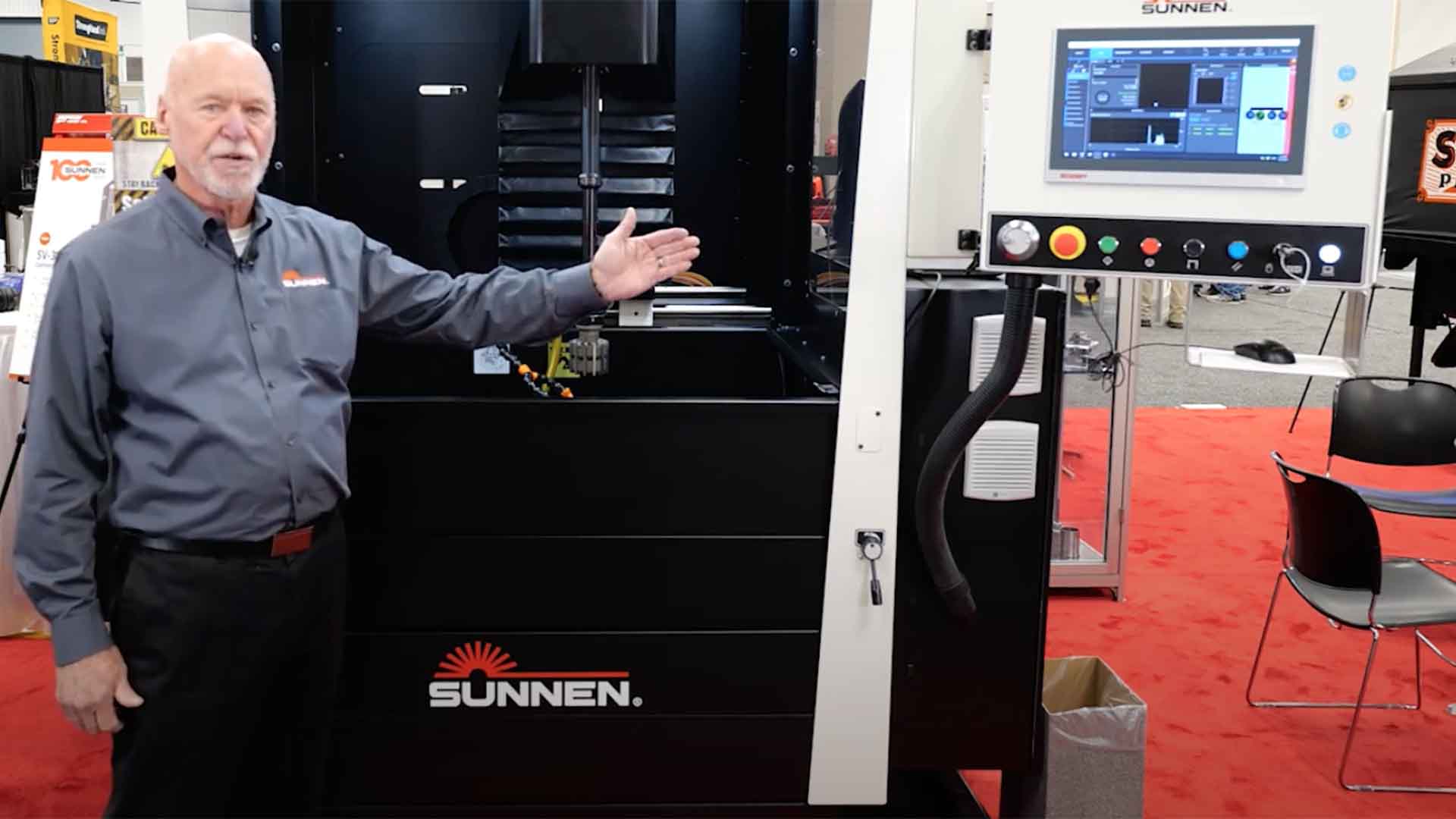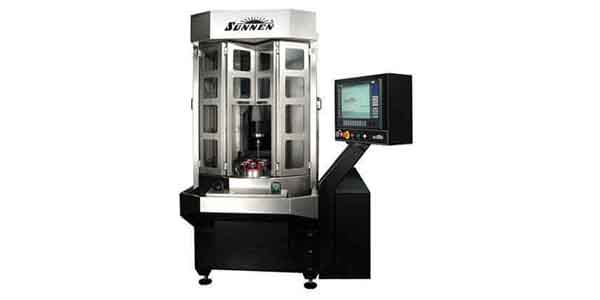When It Comes To Line Honing, Creativity Can Help Maximize Mandrel Magic
Sometimes the best solutions are to problems you didn’t even know you have. Luckily, in this industry there’s no shortage of opportunities to be creative and develop the next great thing.
Every month in this magazine and online, Engine Builder showcases some of the industry’s most industrious solutions to shop problems. Engine Pro’s Shop Solutions is a great way to share your expertise with other professionals and, maybe, learn something new that you can adapt to your business environment as well.
A friend of mine, Jack Machula of Jax Specialty Engines in Hamel, MN, recently asked me for help centering his line-hone mandrel for Pontiac roller cam bearings. Coming up with the solution had me puzzled and required some creativity.
Sunnen’s line hone mandrels are made with two holes in the middle for centering pins. You insert the centering pins in the holes and place them on one of the main bores parting line that is the diameter you want to hone. The shoes in the mandrel are then adjusted so they contact the main bores. This effectively centers the mandrel so it can make a round hole during the honing process.
But I’ll admit that I had never thought about setting up a line-hone mandrel on center when there is no bearing cap to remove.

After some thinking, I concocted a way to create an artificial parting line for setup. From another project I had some scrap pieces of Delrin, the low-friction, high wear-resistant thermoplastic, with identical outside diameters (Figure 1). The inside diameter was small enough so I could make three individual rings with the inside the size of the Pontiac 55mm roller cam bearings. I bored the inside diameter of each ring for a slip fit of the cam bearing. One of the rings was cut on the bandsaw slightly off-center so it could be machined to half of the inside diameter.
The cut ring was mounted in a vise on a Bridgeport milling machine (Figure 2). Measuring the cut ring with a depth micrometer meant that the square end of the depth mic spindle against the curved inside diameter would distort the readings by a few thousands of an inch. Since the diameter is not that critical I was not concerned about being off a few thousandths from the exact center.

A scrap piece of rectangular steel tubing gave us the rest of the materials we needed. Three holes were drilled in the tubing equal to the spacing of number 1, 3 and 5 Pontiac cam journals. We drilled and tapped a hole in each Delrin ring to ¼˝ NC. Then we mounted the rings, roller bearings and camshaft as a unit. After tightening the rings to the rectangular tubing the camshaft rolled free in the fixture (Figure 3).

The line hone mandrel slid into the rings just like it would into a block’s main bores. The pins were inserted in the mandrel to rest on the center ring and shoes were adjusted to fit the outside diameter of the roller bearings. It felt solid, just as if the mandrel was set up in a block.
The undersized bores in the aluminum Pontiac block were easily honed to size (Figure 4). After pulling the roller bearings into the block the camshaft rotates freely.

Making a fixture for one job seems like a lot of work. But when you consider the cost of building a really high-end engine it is well worth the effort to do it right.
There are other examples of line-honing that are difficult to setup, of course, that may warrant your experience and expertise. Subaru opposed 4 cylinder crankcases require using one of the case halves for setting up the mandrel, as do others that have the same diameter main bearings.
It is a pain to clean and put together a crankcase for checking, and then find out that you have to take it apart to set up the mandrel. Of course setting up the mandrel before you check the crankcase bearing bores would be a way to avoid this, but sometimes it can be a problem to think that far ahead in a project.
Remember, if your Shop Solution is used you’ll be rewarded by the Engine Parts Group – and achive a level of fame in the magazine. Look for more information on page 6 of this issue or online at EngineBuilderMag.com.














